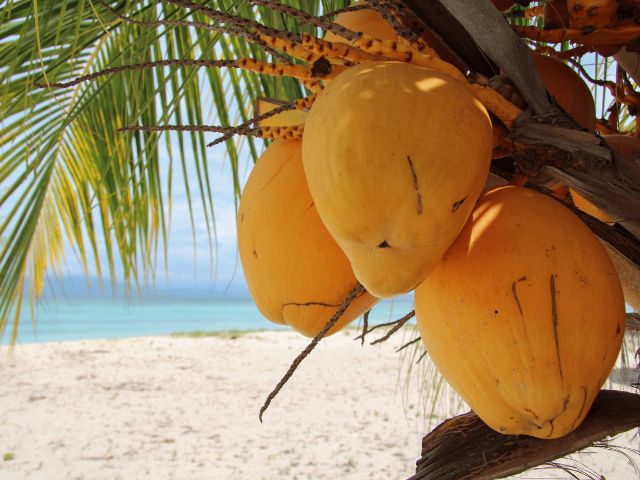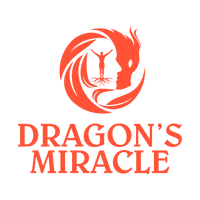

Let’s take a closer look at the useful components of a coconut tree.
1. The coconut’s meat - another term would be the flesh/kernel
2. The coconut’s water
3. The shell of the coconut
4. The outside layer of the coconut, which is called the husk of the coconut
5. The flower of the coconut
6. The branches of the coconut tree
7. The actual trunk of the coconut tree
After reading the in-depth description of how each part is quite beneficial to us all, you will be astounded by the uses of this unique tree – the ‘Tree of Life’.
The Coconut’s Water
Beside coconut water being quite tasty and energizing – it is chock-full of nutrition! Coconut water is a nutritious in every way, it is packed with plenty of vitamins and minerals, such as:
• Sodium
• Potassium
• Magnesium
• Manganese
• Calcium
Due to its powerful health advantages, there is consistent demand for this tropical treat, from all four corners of the world – and obviously in the streets of beautiful Sri Lanka.
There is a type of coconut known as "King Coconut" or "Thembili", as native Sri Lankans refer to it. Drinking from a King Coconut using the nut itself as the “cup” and simply a straw, is how it’s truly done. Chances are, you’ve seen that all too familiar image of someone sipping straight for the coconut with perhaps a colorful umbrella to finish it off ‘just right’. However, it is also offered as a packaged quick drink in stores. In addition to sipping coconut water straight from the nut itself, Sri Lanka ships out packaged coconut water all over the world.
The Shell of the Coconut

The interior of a coconut is called the "coconut shell." Basically, it’s the inside cover of the coconut. Once the flesh has been removed or ‘scraped’ as the process is commonly referred, there are no kernels left. But Sri Lankans don’t just throw away the shells, they get used in a variety of ways, from lighting the family stove in residential usage or to make charcoal in the industrial industry.
For the creatives amongst us, the shell of the coconut, can also be used as a spoon. Sri Lankans have been using this culinary tool in their homes derived simply from the coconut shell, as far back as the ancient times. Talk about traditions!
Due to the coconut shell’s strength and durability, the arts and crafts community in Sri Lanka, collect coconut shells in order to create amazingly fantastic and inventive works of art! Once cleaned and polished, you can find anything from dishes to jewelry made from this magical tree of life.
The Husk of the Coconut
Meanwhile, both domestically and globally, the use of coconut husks in agriculture is currently quite successful; since they are comprised of natural fiber. With the coconut’s ability to retain and absorb water, it is the perfect solution for plantations. It is said, that back in the day, farmers would bury coconut husks in their farms, as a simple solution to retaining water. For the same water retaining reasons, farmers would also strategically lay coconut husks around the beds of their plants.
Coconut husks are also commonly processed and then farther produced into grow bags.
- A grow bag is simply a planter which is filled with a growing medium to be used for the growing of plants.
The grow bags can then be used in both indoor and outdoor plantations.
Additionally, they make very durable rugs from the aforementioned fiber found in coconut husks. Currently, there is quite a prosperous market for accessories and other chic items to be utilized in interior design; which is made of coconut fiber.
Furthermore, in contrast to the plastic brooms of today, that are certainly not eco-friendly, husks were used to connect the thread into a bundle in order to prepare brooms of the past. Following in tradition, Sri Lankans also look to dry coconut husks as fuel in family kitchens throughout the region.
As we all know, the desire and necessity for natural and environmentally friendly solutions is rising, and as a result, Sri Lanka's coir (coconut fiber) business is expanding and exporting items made of coconut coir to markets throughout the world.
To be continued…
As you are quickly finding out, the coconut tree, truly is the tree of life. So, there is no surprise that this magical fruit/nut/seed, as all three fits its definition, is a leading ingredient in holistic medicine. With that said, seeking alternative ways to live a health life, is in high demand. The good news is, there are solutions just a click away.

Dragons Miracle, a leading holistic health provider, features their Brand New Life Shield Immune Support with the miracle of monolaurin. With monolaurin being the main ingredient, along with its 9-powerhouse plant-based ingredients, Life Shield is becoming an essential part of daily lives everywhere.
Through two generations, we’ve taken this healing philosophy and now deliver the Wisdom of Nature through our unique products.
We go through great lengths in bringing you only the finest natural ingredients for holistic health. Our intention is always to nourish body, mind and soul with the healing intelligence of pure whole foods and herbs.






